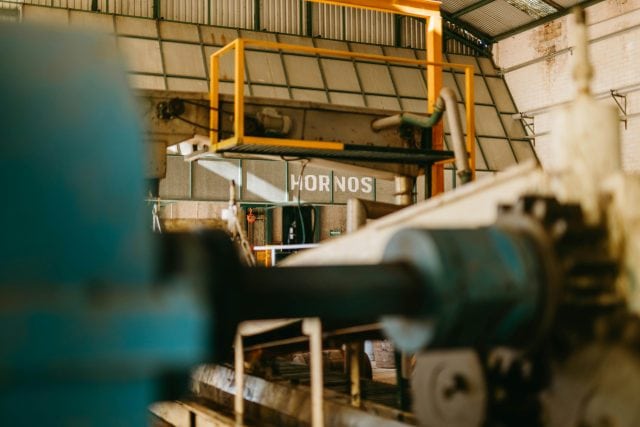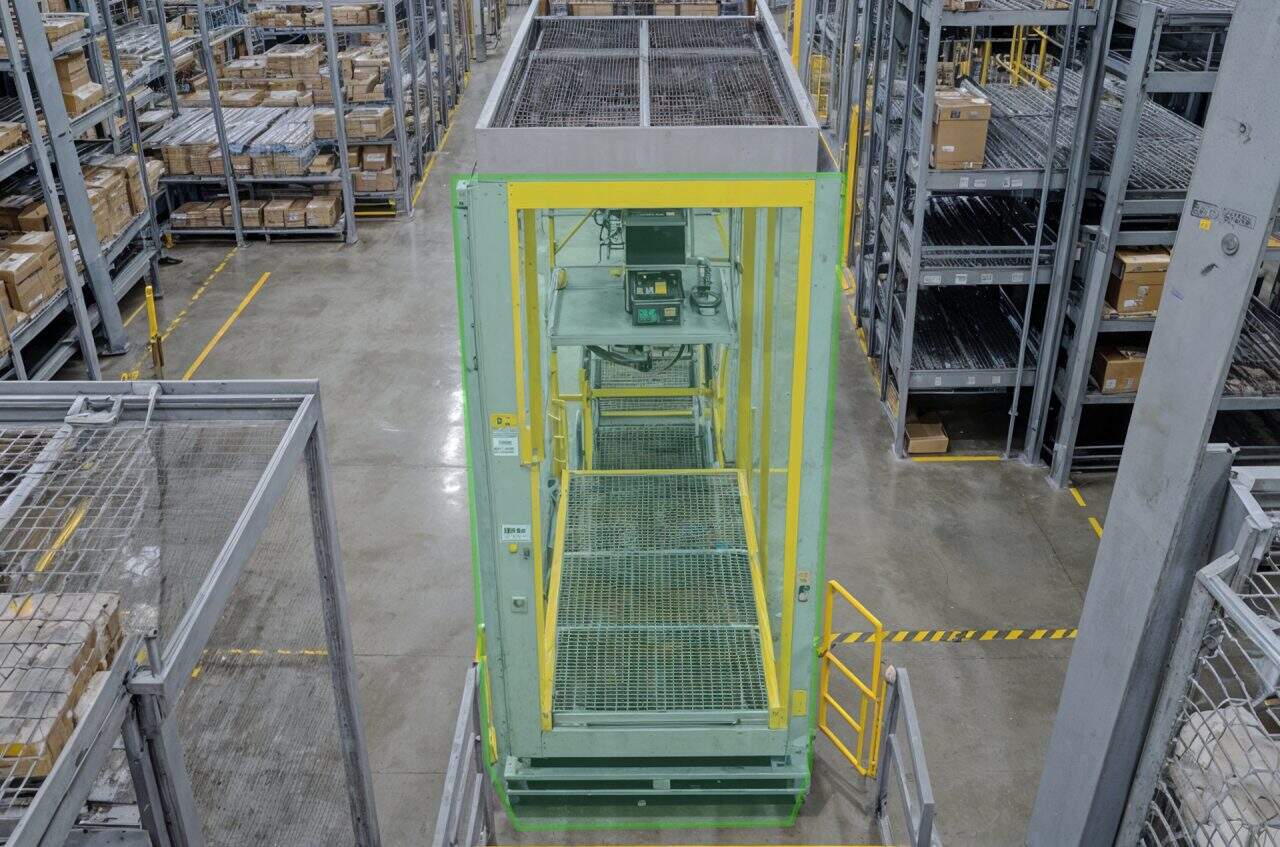In industrial environments – from manufacturing floors to construction sites and logistics centers – equipment that goes unused during scheduled availability quietly erodes operational performance. Unplanned idle time in shared or high-value assets often results in missed throughput, inefficient labor deployment, and unnecessary capital expenditure.
AI-powered computer vision offers a new solution: continuous, non-invasive monitoring that identifies underutilized equipment in real-time. By detecting idle assets as they sit unused, organizations can take swift action to reallocate, schedule, or investigate issues before productivity suffers.
What the system identifies
Mobile or fixed equipment that remains unused during expected periods of operation.
Computer vision models can monitor zones containing critical tools or machines and detect usage patterns. When a threshold for inactivity is exceeded – based on hours of operation, schedule, or site-specific parameters – the system generates alerts or logs the event for review.
Key operational metric
Idle alerts/day
This metric helps teams quantify and act on equipment downtime that might otherwise go unnoticed. The estimated financial impact per alert is $200 per day in recoverable value through better utilization and resource deployment.

How it works in practice
- Visual monitoring: AI vision systems analyze live camera feeds to track when equipment is active, idle, or underperforming.
- Customizable rules: Alert conditions can be defined by time, location, equipment type, and operational context.
- Real-time alerts: Notifications are delivered to supervisors or integrated into planning and asset management systems.
- Data logging: All events are recorded for historical analysis, trend identification, and continuous improvement efforts.
This approach does not require physical integration with equipment or new hardware. Cameras already present in the environment can serve as data sources for computer vision models.
Cross-industry use cases
Manufacturing
- Detect idle CNC or injection molding machines during active production windows
- Identify robotic arms or conveyors falling below expected cycle rates
Construction
- Monitor mobile equipment like lifts or compactors that sit idle across phases
- Identify shared machinery that can be reallocated between crews or zones
Waste management and recycling
- Detect when shredders, balers, or compactors are inactive despite operational schedules
- Uncover bottlenecks caused by equipment downtime at key sorting or loading points
Logistics and warehousing
- Identify forklifts, stretch wrappers, or loading stations that remain inactive during peak shift hours
- Alert teams to optimize workflows and asset scheduling for rapid order fulfillment
Business benefits
- Maximize asset value: Increase the return on capital equipment by ensuring tools are actively contributing to throughput.
- Avoid unnecessary CapEx: Discover unused capacity before investing in additional machinery or resources.
- Support Lean and TPM Practices: Reduce muda (waste) by acting on real-time visibility rather than relying solely on post-shift reporting.
- Improve planning accuracy: Understand true equipment utilization to improve forecasting and schedule efficiency.
- Drive performance accountability: Establish objective records of how equipment is used, supporting better cross-functional decision-making.
![]()
Privacy and integration considerations
Most AI vision systems used for equipment utilization operate on the edge, processing data locally and minimizing privacy or security risks. The systems can integrate with existing operational platforms, such as Manufacturing Execution Systems (MES), Enterprise Resource Planning (ERP), or asset management tools.
A shift from re-active to pro-active
Traditional equipment utilization tracking relies heavily on manual input, time studies, or delayed reports. By the time underutilization is noticed, production losses or inefficiencies have already occurred. AI Vision enables operational teams to act in the moment, based on real-world activity, not assumptions or historical averages.
This proactive visibility is especially valuable in dynamic environments where plans shift, schedules change, and equipment needs to be continuously rebalanced to meet demand.
Underutilized Equipment Alerting empowers teams to eliminate silent losses, improve resource coordination, and unlock the full potential of existing assets, without major infrastructure changes.
By harnessing computer vision for real-time awareness, organizations build smarter, leaner, and more responsive operations.
